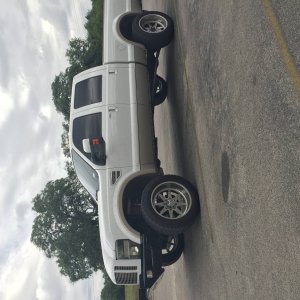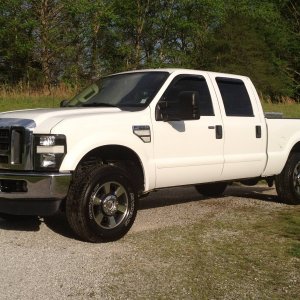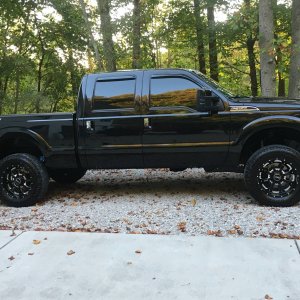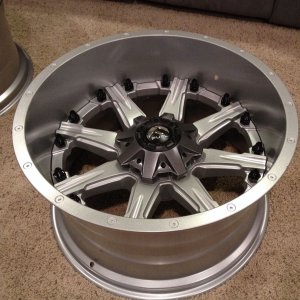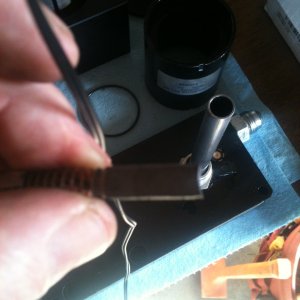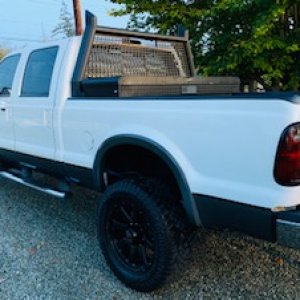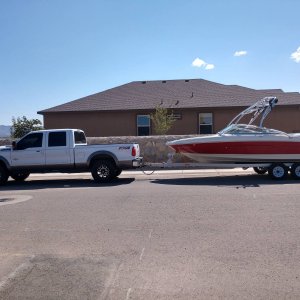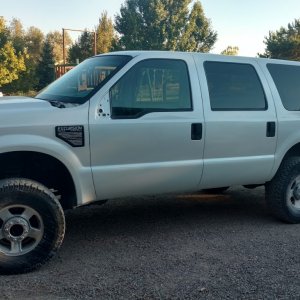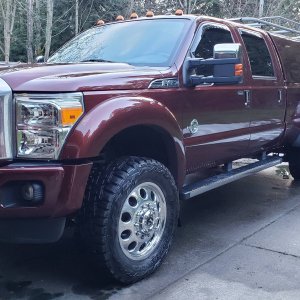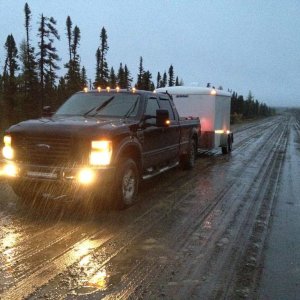Wayne
Active member
also keep in mind that the further you have to push the exhaust, the greater back pressure you will have, especially when it comes to bends. An example might be my 6.4 vs. JD's. he has a 5" exhaust, which goes from 4-5 after the trans cross member. mine is 4 all the way back. I plan on doing a similar 5" system on my 6.4 excursion conversion to reduce the back pressure as it goes over the rear axle, and out the side of the vehicle. After seeing the velocity of my truck's exhaust on the dyno, I'm convinced it will be better in the power department going this way. On VGT turbos, a little back pressure is a good thing after the turbo(s) to help stabilize the control ring inside the turbine housing. On big power trucks, it almost seems like you want to do whatever you can to reduce back pressure. One example of this might be when I stopped in at the bully dog HQ for some stuff back in '07 when one of the employees had is truck ('05ish cummins) on the dyno. He just switched back from dual 7" bed stacks (5" bends) to a single 5" out the back. His peak power went from about 670 to @820 rwhp with just the exhaust change. The power curves were near identical until about 2600 rpms when the stack setup began to fall off. The reason he suspected was turbulence/back pressure in the 3 different 90* stack bends.


